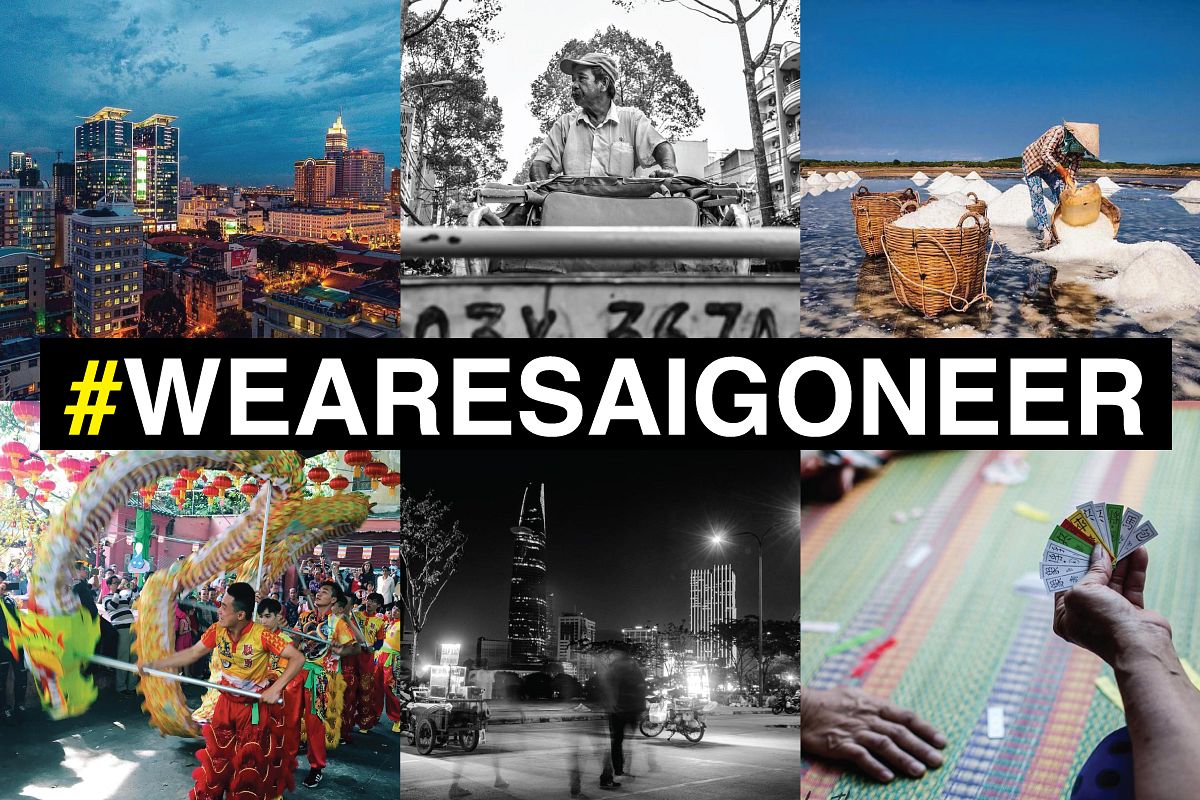Nestled in a corner of Phu Nhuan District’s Gia Dinh Park, the Phuong Nam Circus is hidden under a canopy of towering trees. The main facility is an old, patched-up canvas that’s seen better days, while the metallic containers behind it currently serve as the circus’ office space. During rainy season, floods put the area under water.


Being a circus performer is a dangerous profession. In addition to the high risk of accident or injury, especially during the training period, circus performance requires years of practice and dedication for what is fast becoming a meager reward.

To become a bona fide performer, a typical circus trainee usually begins to study the craft at age 10 and continues to practice for the next five years. After graduation, Phuong Nam’s circus performers must keep honing their skills for many years before they are able to perform a solo act for the rest of their career. Despite the challenges a circus performer has to experience, their efforts are not always appreciated: in Saigon, Phuong Nam’s weekend shows barely attract an audience.

For a few years now, performers from the Phuong Nam Circus have established a ritual: every weekend, they gather in front of the main canvas, ready for the evening’s show, awaiting a command to perform from Phuong Nam’s management team. No show is guaranteed: a single last-minute mishap, from a sudden shower to a traffic jam, could discourage audience members from coming, and the performance is over before it begins. The circus won’t be able to make ends meet if its shows don’t have enough viewers.

While the revenues of today’s circus performances leave much to be desired, for performers, financial woes can never compare to the disappointment of seeing just a handful of viewers in the audience. Some performers say that, at times, the show goes by in a blur because their most important form of approval – rounds of applause – is so hard to come by.

This dire situation is a far cry from the experience of circus performers from previous generations. In 1980s Saigon, performances by the city’s highly sought-after circus troupes such as Ngoc Vien, Ngoc Rang, and Doc Lap became Saigon’s “it” entertainment. Viewers would have to make reservations or buy their tickets weeks in advance. Shows were so popular that their queues used to run for blocks.

Today, however, Saigon’s nightlife scene is dominated by a growing number of new options, from movies to dance clubs to restaurants. Circus performances struggle to compete with the advertising and promotion of other entertainment venues and activities. To find performance information, potential circus goers must seek out newspapers, announcements on speakers or the social media profiles of various circus troupes. In a time when city dwellers are inundated with a deluge of entertainment options, these shows pale in comparison to the flashy, modern nightlife of downtown Saigon.

Apart from the challenges they face in attracting an audience and securing a good location for performances, circus troupes also face trouble with recruitment. The circus operation is increasingly under pressure as existing performers continue to age while younger generations are not as passionate about the craft as their seniors. The average age of performers in troupes such as Mat Troi Do and Bau Troi Xanh is 35 years old.

Phi Vu, deputy director of the Phuong Nam troupe, tells Saigoneer: “Today, we face many difficulties with recruitment. Despite putting ads in the media for months, [we] only got around 10 applicants. That’s not enough.”


This lack of interest stems from the realities of the trade: training for a circus act is gruelling, while the financial compensation for such a career is too meager to justify the years of work. Government support for performers is currently around VND100,000 per show, meaning they have to take on many performances to make ends meet. Gradually, the circus has lost its place as an attractive entertainment option for Saigoneers.

The eventual demise of Saigon’s circus troupes can also be attributed, in some respects, to the performers themselves. Creativity, or a lack thereof, is a crucial factor driving viewers away from circus shows. Despite attempts to ramp up their performances, circus shows today remain quite repetitive: the same set of acts is performed each night, while the audience is pickier because of the array of entertainment options on offer in recent years.

At the end of the day, circus performance is a career that runs on the saying “nước mắt đi trước, nụ cười đến sau” – “tears first, smiles later.” For Saigon’s circus performers, nothing is as crucial to their motivation as the joy of the audience.

“Performers have to ask themselves if they have been creative enough and have put in enough effort,” Phi Son, head of the Bau Troi Xanh circus troupe, says in Vietnamese. “We have to be responsible for attracting viewers back to our craft. It’s a new age where they are many forms of entertainment for [the audience] to choose; not innovating could be equal to committing suicide.”














